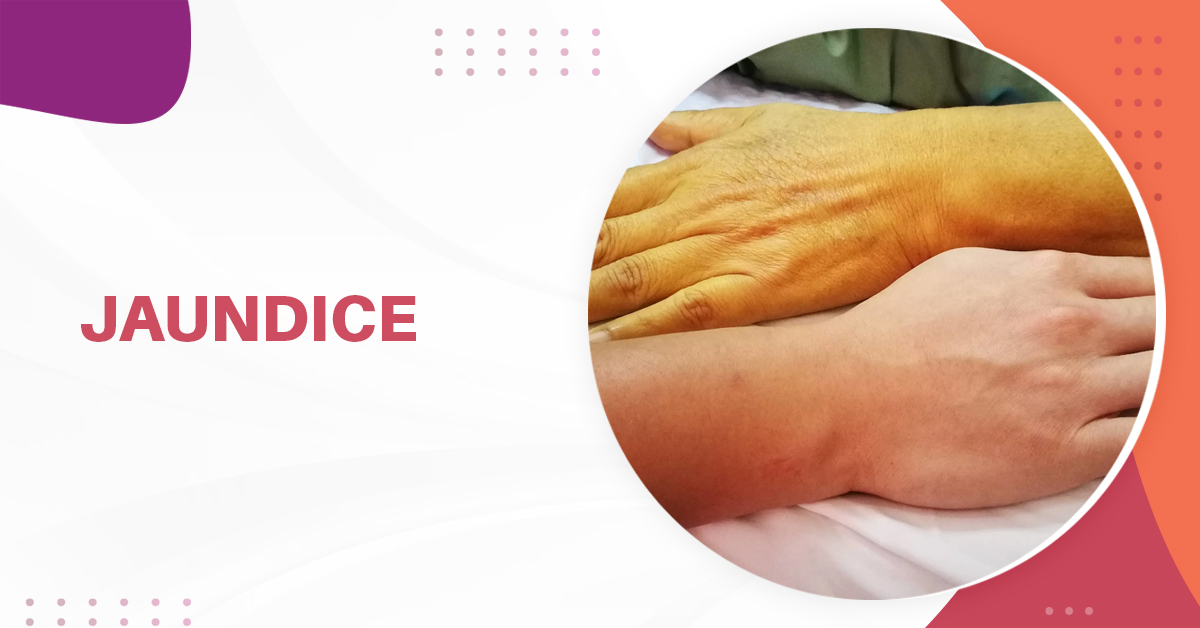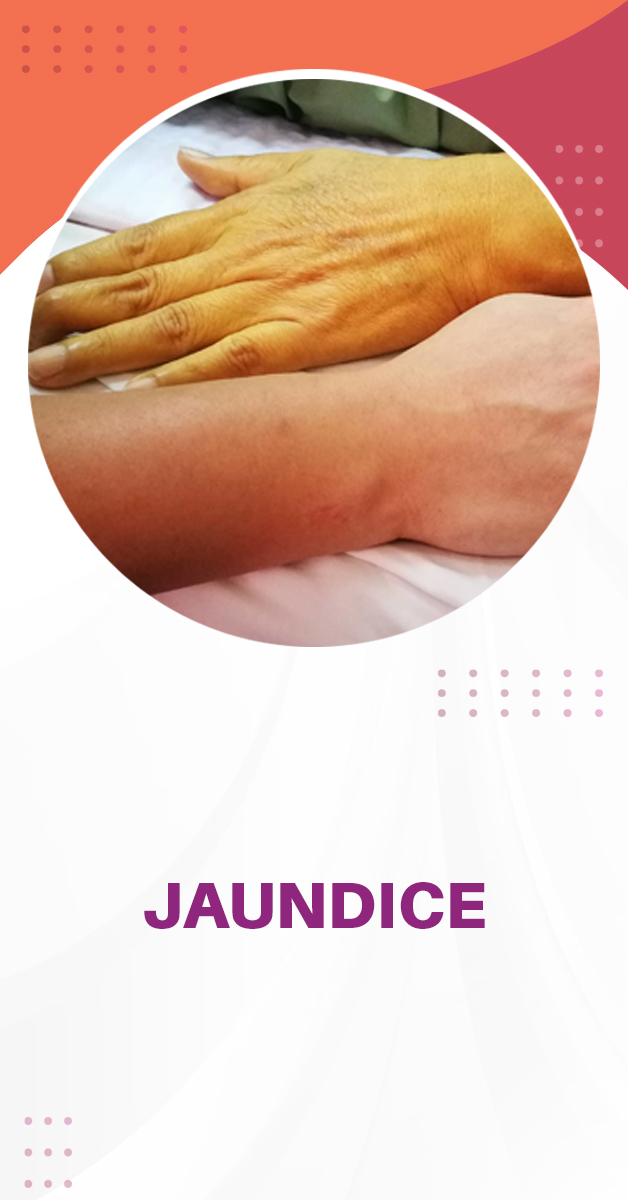

Introduction
Jaundice is a medical condition that is characterized by yellowing of the skin and whites of the eyes. This yellow coloration is caused by an accumulation of bilirubin, a yellow pigment produced by the breakdown of red blood cells, in the body. Jaundice is a common symptom of various underlying health conditions, some of which can be serious. In this article, we will discuss the symptoms, causes and treatments for jaundice.
Symptoms
The primary symptoms of jaundice are yellowing of the skin and whites of the eyes, dark yellow urine and pale stools. Other symptoms that may accompany jaundice include fatigue, weakness, abdominal pain, loss of appetite and nausea. If you experience any of these symptoms, it is important to seek medical attention.
Causes
Jaundice can be caused by a variety of factors including liver disease, anemia, infections, liver blockage, and some medications. Some of the most common causes of jaundice include hepatitis, liver cirrhosis, alcoholic liver disease and autoimmune hepatitis. In some cases, jaundice may also be a symptom of a more serious underlying health condition, such as liver cancer.
Treatment
The treatment for jaundice will depend on the underlying cause. If jaundice is caused by a liver disease, treatment may involve addressing the underlying condition and managing the symptoms. In some cases, treatment may involve medications, lifestyle changes or surgery. If jaundice is caused by anemia or an infection, treatment may involve antibiotics or blood transfusions.
Conclusion:
Jaundice is a common medical condition that is characterized by yellowing of the skin and whites of the eyes. The causes of jaundice can range from liver disease to anemia, infections and medication. If you experience symptoms of jaundice, it is important to seek medical attention. With the right treatment, jaundice can be effectively managed and treated.

